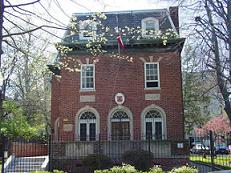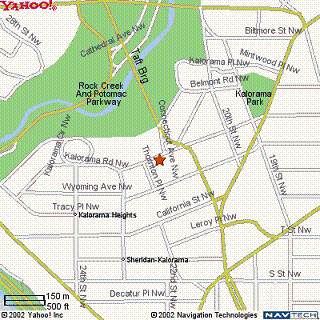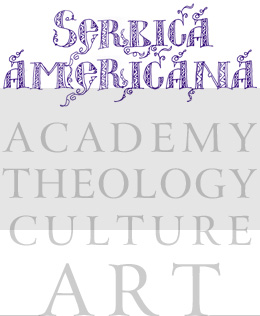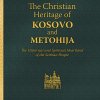Ambassador of the Republic of Serbia in Washington DC: H.E. DJERDJ MATKOVIC
Diplomatic Staff:
- Vladimir Jovicic - Minister Counselor, Deputy Chief of Mission
- Zdravko Pavicevic- Minister Counselor, Political Affairs, OAS
- Ljubomir Postic - First Counselor-Head of the Consular Section
- Aleksandar Vidojevic - Counselor, Political Affairs
- Sandra Pejic - First Secretary, Political Affairs
- Ivana Mangov - Second Secretary, Political Affairs and Press
- Zorka Kekovic - Second Secretary, Political Affairs, Congressional Relations officer
Defense Attache Office:
- Colonel Dragan Galic - Defense, Military, Naval and Air Attaché
- Lieutenant Colonel Dejan Vujaklija - Assistant Defense, Military, Naval and Air Attaché
 Address
Address
Embassy of the Republic of Serbia
2134 Kalorama Rd., NW
Washington, DC 20008
Working Hours
Monday - Friday, 9 AM - 5 PM.
The Consular Section is open to public
Monday - Friday, 10 AM - 1PM.
Phone/Fax
Embassy (phone): (202) 332-0333
Embassy (fax): (202) 332-3933
Consular Section (phone): (202) 332-0333 ext: 103, 104
Consular Section (fax): (202) 332-5974
Web-site
Directions
The Embassy of the Republic of Serbia and is located near Dupont Circle in Washington, D.C. From Dupont Circle take Connecticut Ave. north. Kalorama Road will be the eighth street on your left. The Embassy is on the left hand side.





